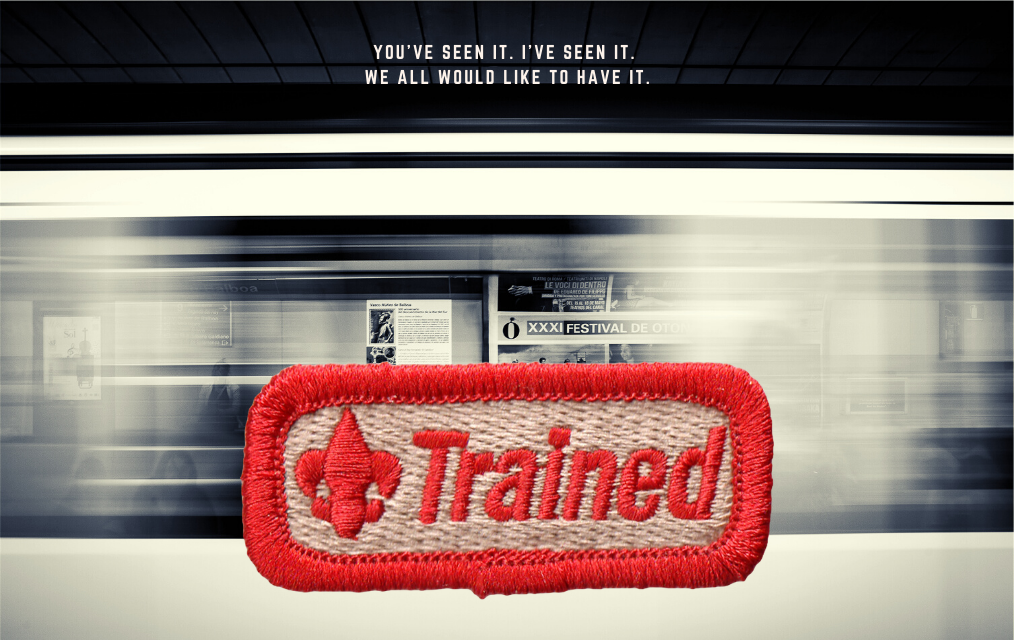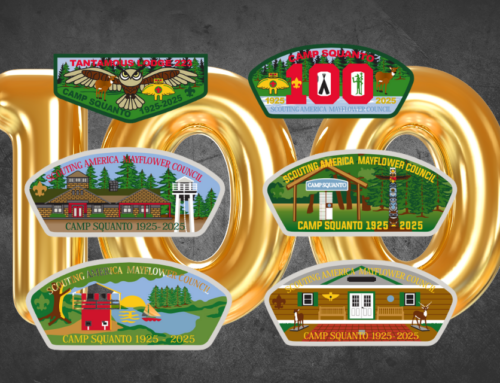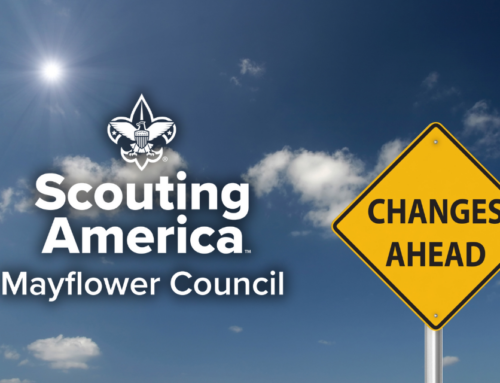Sometimes, volunteers feel overwhelmed, but some simple steps can help…
You’ve seen it. I’ve seen it. We all would like to have it.
In many ways, the “Trained” patch symbolizes adult advancement and achievement. Mostly, it simply means you have “a clue.”
However, it might be the first step to feeling like your work outside of Scout or Cub meetings is paying off.
But even before getting into the training that delivers the patch, volunteers need to take the first step.
Or maybe, once they put on “the shirt,” it is the “next” step.
Back in 2013, Scouting Magazine’s Mark Ray spoke to two Cub Scout leaders and asked how they encouraged training among the volunteers in their units:
To fill their packs’ training gaps, [Andy] Albin and [Todd] Birkhoff took on the role of pack trainer… In the years since, they’ve more than achieved their goal of getting pack leaders through the basic training sequence of Youth Protection Training and position-specific training.
Their tips, in short:
- Set a good example.
- Establish expectations.
- Eliminate obstacles.
- Keep good records.
And why is training so important?
“As long as you have a trained leader, the [Scouts] are going to have a better experience,” Birkhoff told Scouting Magazine.
The full article is much more comprehensive, and might just be the introduction to your own unit’s training manual.







